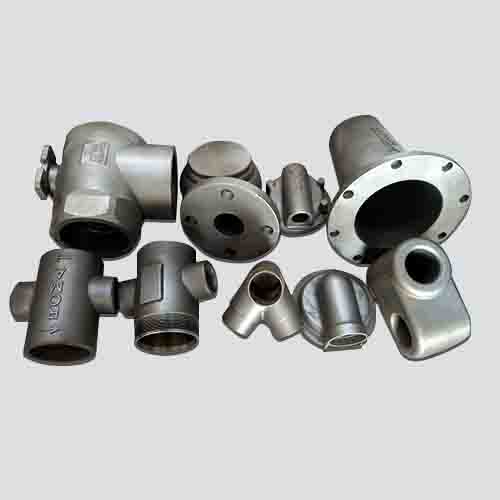What materials are suitable for precision casting molds
During the forming process of the precision casting mold, there is also a drawing forming process. At this time, during the processing of the precision casting mold, a pressure test is performed on the 2 ends of the material to obtain the required dimensions of the precision casting mold blank .There are also many drawing processes for precision casting molds, such as tube drawing and wire drawing.
What materials are suitable for precision casting molds?
However, the drawing process of precision casting molds has obvious characteristics, that is, its accuracy can be very good, but the roughness of the appearance of precision casting molds is also very serious, and generally requires secondary processing and finishing. Appearance dry precision casting Mold casting is a process developed on the basis of wet casting. It is through natural air drying, brushing and surface drying of the sand mold to more than 10 mm.
Compared with wet molds, the outer layer has high strength and low humidity. Therefore, castings with large pouring mass are less likely to produce pores, sand sticking and sand washing. During the kneading process, the mold should withstand greater kneading force and bending stress. Chaotic loads such as impact, large carbides and severe deflection, fiber directionality and non-metallic mixing will reduce the strong tolerance of the mold, or cause stress concentration during loading, leading to early damage to the mold.
Therefore, the selected material has high tolerance after heat treatment. In order to make the casting pass rate higher, the upper and lower parts of the mold require the positioning of the lower half of the model, and the error box of the casting is very small. Small. Only in this way, after spreading the parting sand, can the sand box and pouring system be made, and the castings qualified. Therefore, the method of first lowering and then uppering is generally used.
For cast joints where the metal condenses too quickly, it can be dealt with by controlling the casting time and condensation time. Relevant elements of the casting time: the shape of the wax pattern. The thickness and quantity of the castings. The casting pressure (casting machine). The breathability of the embedded material .Relevant elements of condensation time: shape of the wax pattern. Baking temperature of the casting ring, type of embedded material, type of metal.


